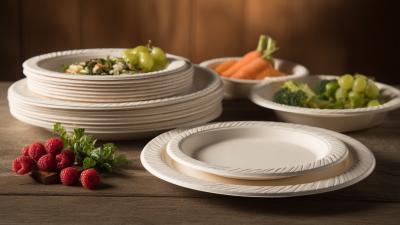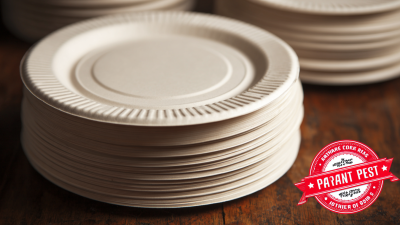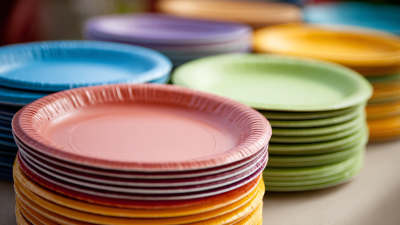Leave Your Message
In recent years, the dining industry has witnessed a significant shift towards sustainability, with a growing emphasis on eco-friendly alternatives to traditional dinnerware. Among these innovations, coated paper plates have emerged as a leading solution, offering a more sustainable option without compromising on quality or functionality. According to a report by Smithers Pira, the global market for disposable paper products, including coated paper plates, is projected to reach $7.4 billion by 2025, driven by increased awareness of environmental issues and consumer demand for sustainable dining solutions.
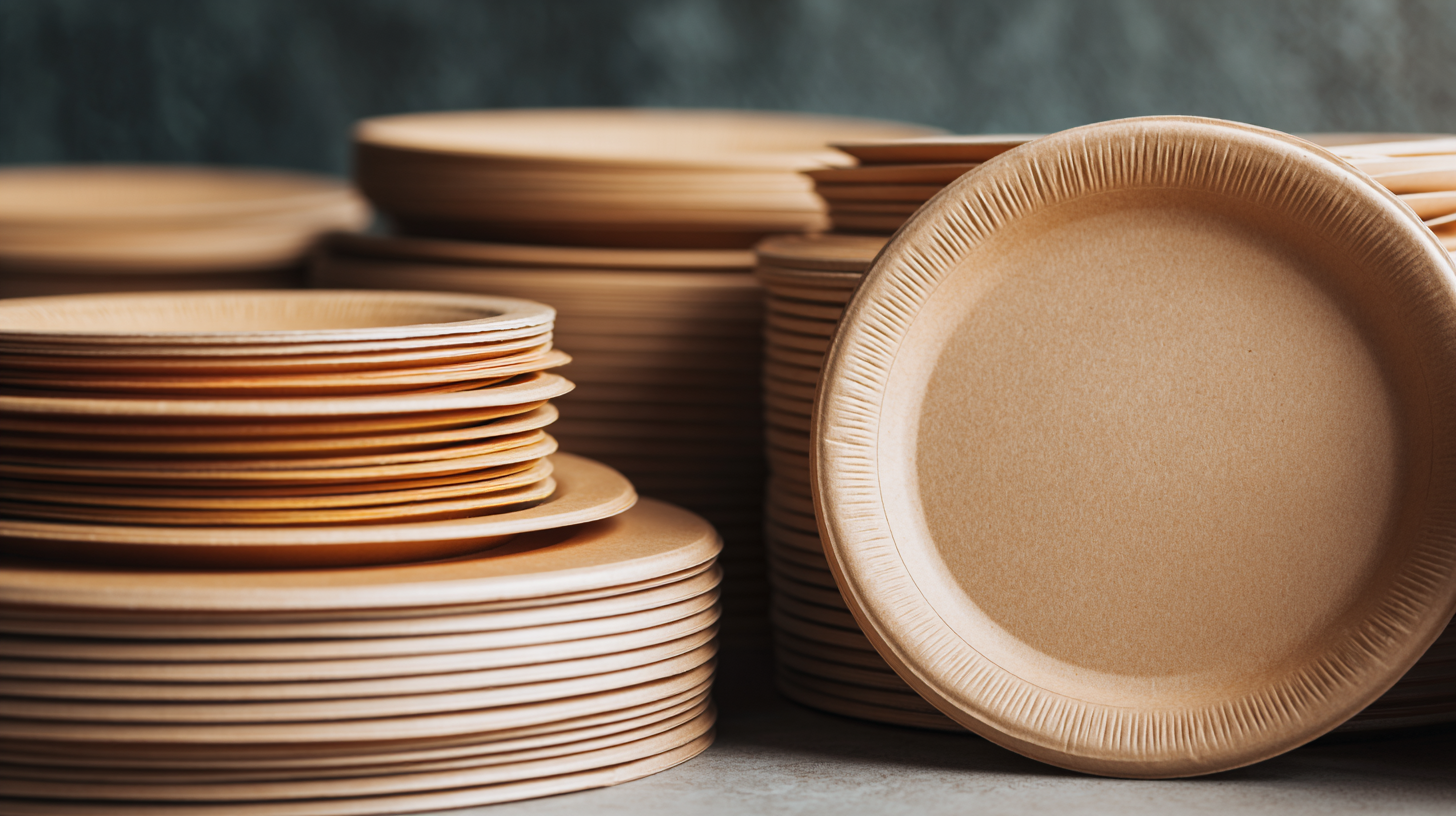
Experts in the field, such as Dr. Emily Thompson, a leading authority on biodegradable materials, assert that "the evolution of coated paper plates represents a pivotal advancement in the quest for sustainable dining, providing a practical solution for foodservice operations aiming to reduce their environmental footprint." This transition is not only beneficial for the environment but also aligns with the values of a growing segment of consumers who prioritize sustainability in their purchasing decisions. As dining establishments and food suppliers increasingly adopt coated paper plates, the landscape of sustainable dining is set to evolve further, paving the way for the "Top 5" innovations that will define the future of eco-conscious dining.
The trend of eco-friendly dining practices has led to a significant rise in the use of coated paper plates. According to a recent report by Smithers Pira, the global demand for sustainable foodservice packaging, including paper plates, is expected to reach $500 billion by 2028. This shift is largely driven by consumers' increasing awareness of environmental issues and their preference for biodegradable and compostable materials over traditional plastic alternatives.
Coated paper plates, made from renewable resources and designed to reduce environmental impact, are becoming a staple in various dining settings, from casual eateries to upscale events. A study conducted by the Sustainable Packaging Coalition indicates that 75% of consumers are willing to pay more for products that support sustainability. This has prompted manufacturers to innovate and improve the functionality of coated paper plates, making them resistant to moisture and oils while maintaining their compostable nature. Such advancements not only cater to the growing demand for eco-friendly dining solutions but also align with the global push towards zero waste and sustainable living.
| Material Type | Biodegradability (Years) | Recyclability | Common Use Cases | Environmental Impact |
|---|---|---|---|---|
| PLA Coated Paper | 1-3 | Yes | Catering, Birthday Parties | Lower carbon footprint, compostable |
| Clay Coated Paper | 2-4 | No | Fast Food, Takeaway | Plastic-like properties; not compostable |
| Wax Coated Paper | 5-7 | No | Picnics, Outdoor Events | Water-resistant but not eco-friendly |
| Compostable Coated Paper | 60-90 | Yes | Restaurants, Events | Totally sustainable, breaks down naturally |
The exploration of innovative coating materials has revolutionized the production of coated paper plates, aligning them with the growing demand for sustainable dining solutions. Traditionally, many disposable plates were made from plastic or non-biodegradable substances, contributing to environmental pollution. However, advancements in coating technologies now offer alternatives that enhance the biodegradability and compostability of paper plates. These coatings, derived from natural materials such as starch, cellulose, and renewable biopolymers, not only provide a barrier against grease and moisture but also minimize the ecological footprint of disposable dining products.
One significant advancement is the use of plant-based coatings that eliminate the need for harmful chemicals, ensuring safety for both users and the environment. These innovative materials are designed to break down efficiently in composting conditions, offering a sustainable end-of-life solution for paper plates. Furthermore, research into nanotechnology has opened new avenues for developing lightweight yet effective barriers, increasing the durability of the plates while maintaining their eco-friendly attributes. By utilizing these innovative coating materials, the industry is making strides towards a more sustainable approach in disposable dining, catering to the environmentally conscious consumer.
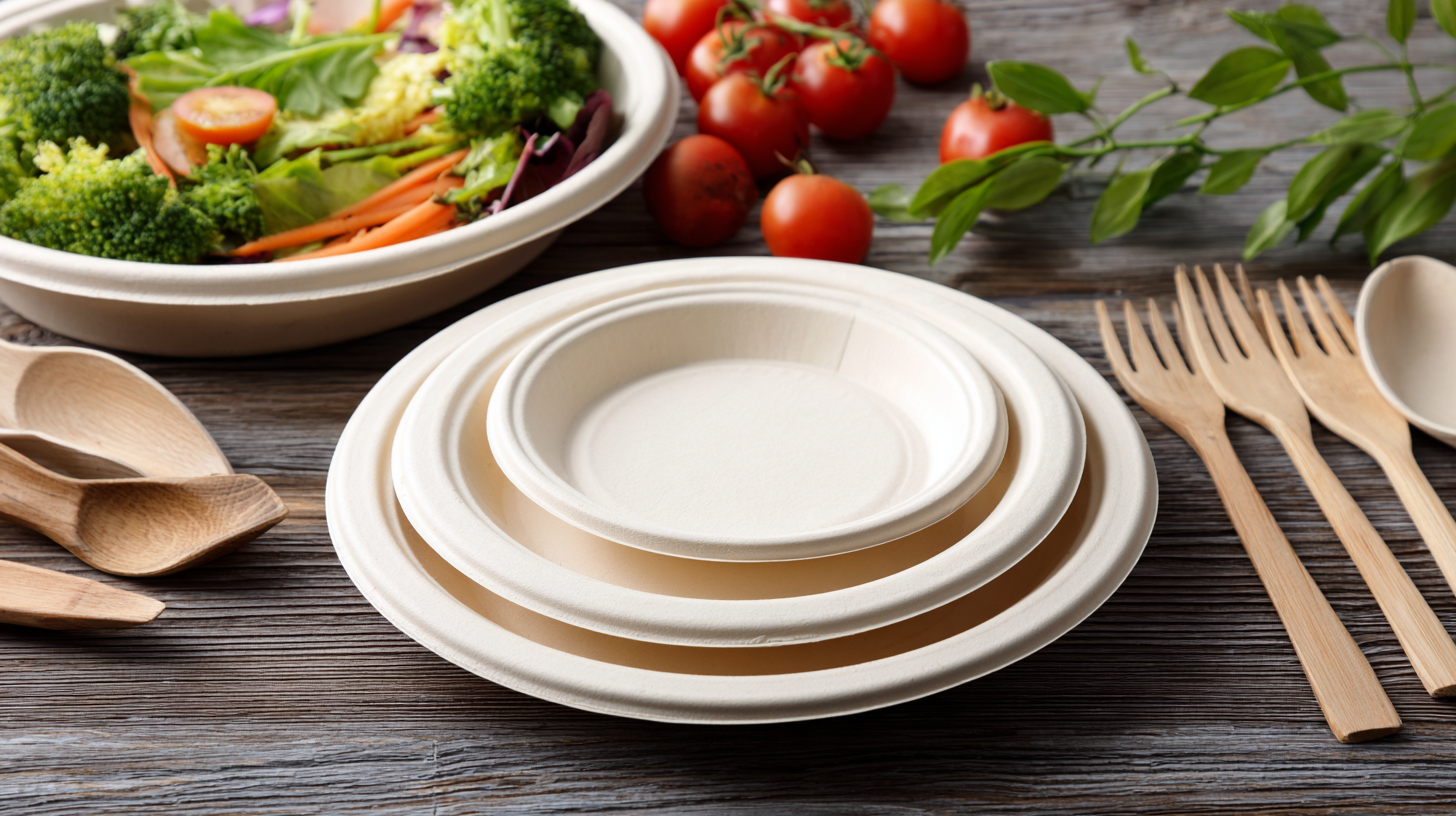 As sustainable dining solutions gain momentum, the rise of coated paper plates presents an interesting alternative to traditional dinnerware. Coated paper plates, designed for convenience and eco-friendliness, often outperform their traditional counterparts in various settings, especially at large gatherings or outdoor events. These plates are generally made from renewable resources and are biodegradable, making them an attractive option for environmentally conscious consumers. In contrast, traditional dinnerware, while durable, often involves high production costs and can contribute to significant waste if not reused properly.
As sustainable dining solutions gain momentum, the rise of coated paper plates presents an interesting alternative to traditional dinnerware. Coated paper plates, designed for convenience and eco-friendliness, often outperform their traditional counterparts in various settings, especially at large gatherings or outdoor events. These plates are generally made from renewable resources and are biodegradable, making them an attractive option for environmentally conscious consumers. In contrast, traditional dinnerware, while durable, often involves high production costs and can contribute to significant waste if not reused properly.
When choosing between coated paper plates and traditional dinnerware, consider the event's nature and the dining experience you wish to create. For casual picnics or parties, coated paper plates can simplify cleanup while maintaining an eco-friendly approach. However, for formal dinners, investing in traditional dinnerware may enhance the overall aesthetic and experience.
Tips: Always look for certified biodegradable or compostable coated paper plates to ensure your choices align with sustainability goals. Furthermore, if you opt for traditional dinnerware, remember to use energy-efficient dishwashing methods to minimize your environmental impact.
When planning an event, selecting the right coated paper plates is crucial for an eco-friendly dining experience. Start by considering the type of coating. Biodegradable and compostable coatings are preferable as they minimize environmental impact while providing moisture resistance. Look for plates that showcase certifications or endorsements from environmental organizations, which can assure you of their sustainability claims.
Next, pay attention to the size and design of the plates. Depending on the menu, choose plates that can accommodate the type and amount of food being served. Aesthetics also play a role; opt for plates that complement your event’s theme while still being practical. Additionally, consider the weight strength of the plates — they should be sturdy enough to prevent leaks and breaks during use. By taking these tips into account, you can effectively select coated paper plates that align with your sustainability goals while ensuring a seamless dining experience for your guests.
This chart illustrates the increase in the use of coated paper plates in sustainable dining solutions over the last decade, highlighting their growing popularity at events.
The evolution of coated paper plates is closely tied to advancements in sustainability and technology. Recent market analyses indicate that the global paper packaging market will reach approximately $500 billion by 2025, driven by increasing consumer preference for eco-friendly dining solutions. A significant trend will be the adoption of water-based coatings, which align with sustainability goals by reducing reliance on harmful chemicals. These innovations not only enhance the functionality of coated paper plates but also contribute to their biodegradability, making them a preferred choice in environmentally-conscious dining experiences.
In the context of the COVID-19 pandemic, there has been a heightened awareness of hygiene and safety in food packaging. Research shows that coated paper plates can effectively resist moisture and grease, offering an innovative solution for takeout and outdoor dining markets. The IPIF2022 International Packaging Innovation Conference highlighted these trends, showcasing emerging technologies that promise to reshape the landscape of food service packaging. As consumer behavior shifts towards sustainable dining, the future of coated paper technology will likely be defined by enhanced performance combined with ecological mindfulness, paving the way for a new era of sustainable packaging solutions.


